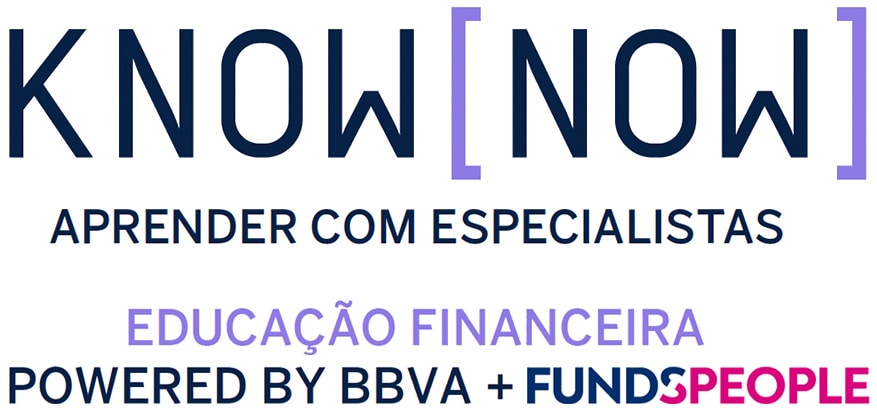Blockchain and tokenization: what are they and what impact do they have on accelerating the economy and investment?
Ana Carrisso | Fidelity
With a degree in Commerce and Business Administration from the LCCI, Ana Carrisso joined the team at Fidelity International Iberia in 1998, where she has spent her entire career in the asset management sector.
April 2025 by Ana Carrisso
Imagine that a good friend's son wants to play football professionally and you want to support his career path. This guy will have a token and the value of that token will increase as he moves up the ranks. Imagine that you can buy a fraction of that token to help finance his career and, at the same time, receive a share of the revenue he generates. This is the same philosophy behind a token: tokenization consists of converting an asset (in this case, a player), into small digital parts (tokens), so that many people can invest in it. In today's world, virtually any asset can be tokenized, whether it is tangible (a house, works of art, precious metals, luxury cars) or intangible (copyrights, trademarks and patents, future income, ...).
What is blockchain technology?
Now, imagine that these tokens are like vehicles traveling on a highway until they reach their destination. There are cameras on the highway, so it is possible to find out if a vehicle has committed an offense or been involved in an accident. This highway is blockchain technology: also known as “data chain”, blockchain technology works as a decentralized and secure digital ledger where all token transactions are stored. Each time a transaction occurs, it is registered as a “block” of data. This block can record all types of information: who, what, when, where, how much or even the condition of an asset, such as the temperature of a food shipment. Thus, blockchain allows you to track any type of asset that has been traded within its network without the need for intermediaries. This reduces risks and costs for the parties involved in the transaction and ensures that tokens cannot be counterfeited, duplicated or altered without authorization.
The evolution of the world of digital assets
Although still digital, the impact of tokens and blockchain on the economy has enormous transformative potential. According to PwC's Time for Trust report, the impact of blockchain could total $1.756 billion by 2030, equivalent to 1.4% of global GDP. We started this article talking about tokens, but the truth is that these are just one part of the digital asset universe, which has exploded in the last decade. Perhaps the most popular digital asset is cryptocurrencies, chiefly, bitcoin, which is already surrounded by an entire ecosystem of investment products. In fact, Fidelity was one of the first asset management firms to develop an exchange-traded product (ETP) that invests in bitcoin with liquidity and transparency.
In any case, both financial institutions and investors around the world are following the evolution of the world of digital assets with interest precisely because of the potential characteristics they can offer our clients: not only through higher returns (although with higher volatility), but also due to the decorrelation with other financial assets, which can add diversification to portfolios. As has happened with other assets, such as financial debt or green bonds over the last decade, we expect the digital asset market to continue to mature and expand, which will translate into a greater appetite for investment. Regulation has also followed this trend, making access to digital assets safer for investors.
At Fidelity, we believe that Distributed Ledger Technology (DLT), which blockchain is a part of, has the potential to revolutionize some areas of the financial system over time. This has profound implications for investors, ranging from the time needed to execute orders and cost reduction, to the emergence of new assets and vehicles that enable investment, as well as making processes more transparent. Ultimately, we believe that the financial industry – and by extension, our customers – would benefit greatly from the widespread adoption of this technology.


